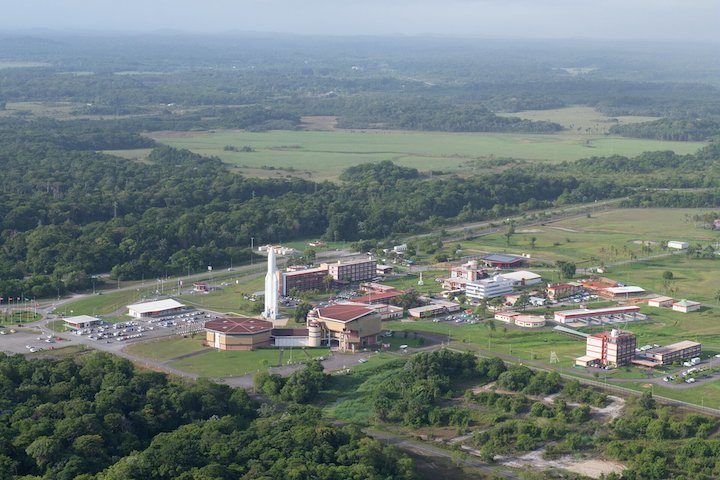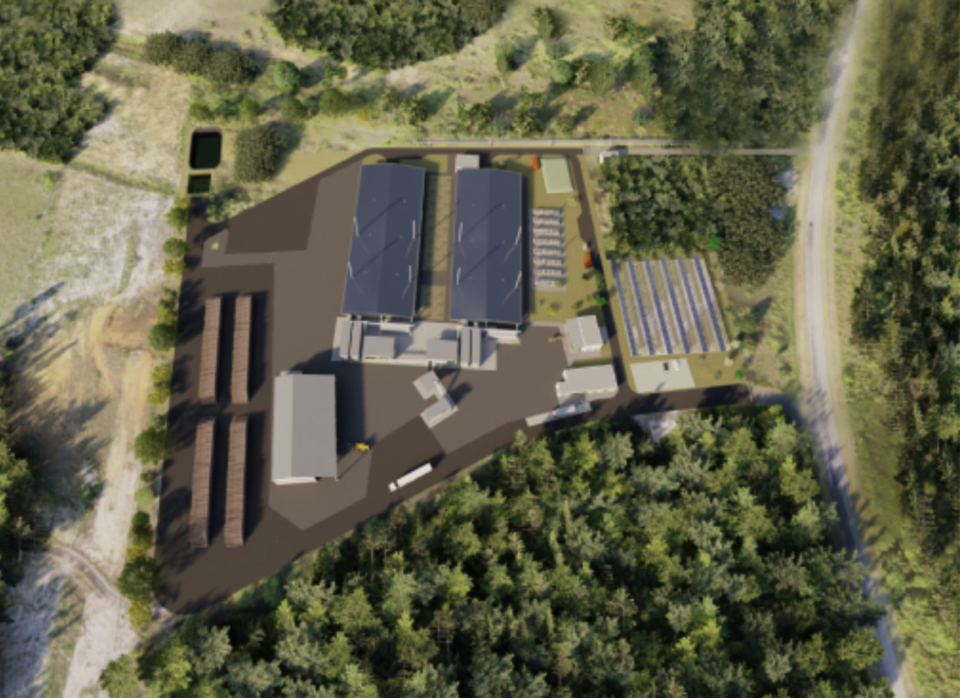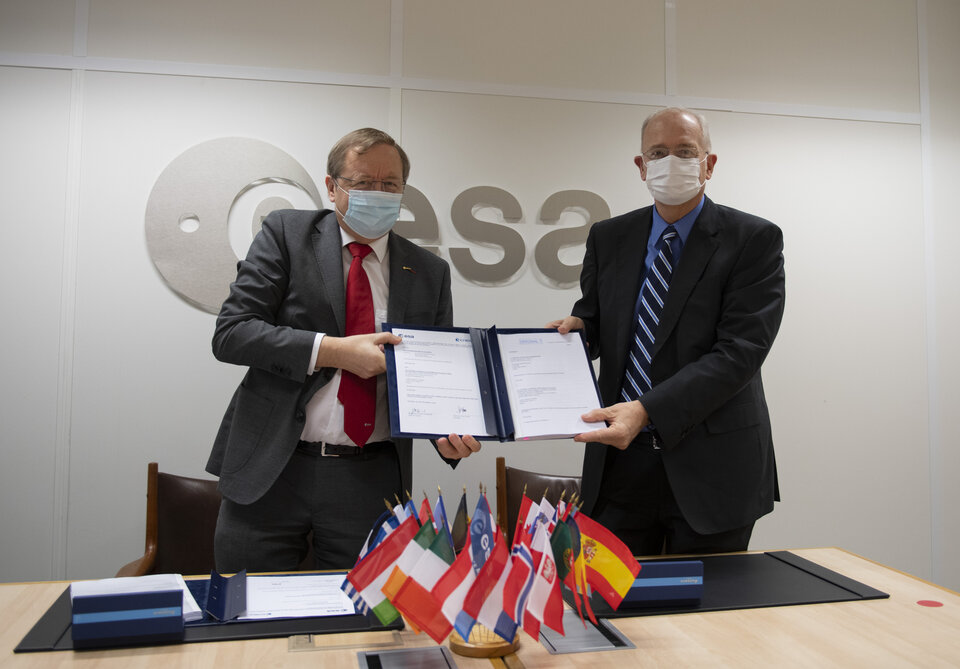18.12.2020

ESA will contribute to the maintenance, operations and modernisation of Europe’s Spaceport in Kourou, French Guiana over the period 2020–24.
At the ESA Council meeting on 16 December, a contract for the ‘Maintenance of the Guiana Space Centre launch range in operational condition for the period 2020–24, including core launch range renewal activities’ was signed by Jan Wörner, ESA Director General and Jean-Yves Le Gall, President of CNES, France’s space agency.
This contract follows decisions taken at Space19+ on funding for Europe’s Spaceport. It allows ESA to:
- contribute to maintaining Europe’s Spaceport facilities in safe and working order including for spaceport operations, as ESA has done since 1975.
- additionally invest in the modernisation of the launch range and to reduce recurring operating costs.
The launch range comprises the facilities and services inside and outside the Spaceport that are necessary to a launch campaign, including range safety and security.
Europe launches three types of rockets: Ariane 5, Vega and Soyuz. The upcoming arrival of Ariane 6 and Vega-C to Europe’s Spaceport is an opportunity to reorganise and renew the launch range to best adapt it to new mission requirements, enhancing facilities and improving availability of services.
These launch range updates will improve the availability and cost efficiency of the facilities, and will address end-of-life overhauls of certain systems such as the water and air conditioning underground networks as well as the road network. This will be covered under the ‘Core launch range renewal activities’.
Core launch range renewal activities

To reach targets for increased flexibility and especially reduced costs requires a fundamental restructuring of the Spaceport’s operational concept. This will be implemented through renewal activities which include building a new mission operations centre for centralised supervision. This will be used for remote control and monitoring of the launch range. Operations activities will be automated and artificial intelligence used where possible.
ESA with CNES also plan to lower energy costs by reducing the reliance on the French Guiana grid and transitioning to ‘green’ and renewable energy sources on site. These new energy sources are intended to provide 90% of the electricity consumed at the base by the end of 2025. These changes will make Europe’s Spaceport cleaner and achieve an overall significant reduction in operational costs.

“ESA’s role in maintaining and modernising Europe’s Spaceport is crucial in guaranteeing access to space for all customers, and in particular for European institutional missions. At the same time, ESA is also active in making the Spaceport more sustainable,” commented Daniel Neuenschwander, ESA Director of Space Transportation.
Quelle: ESA
